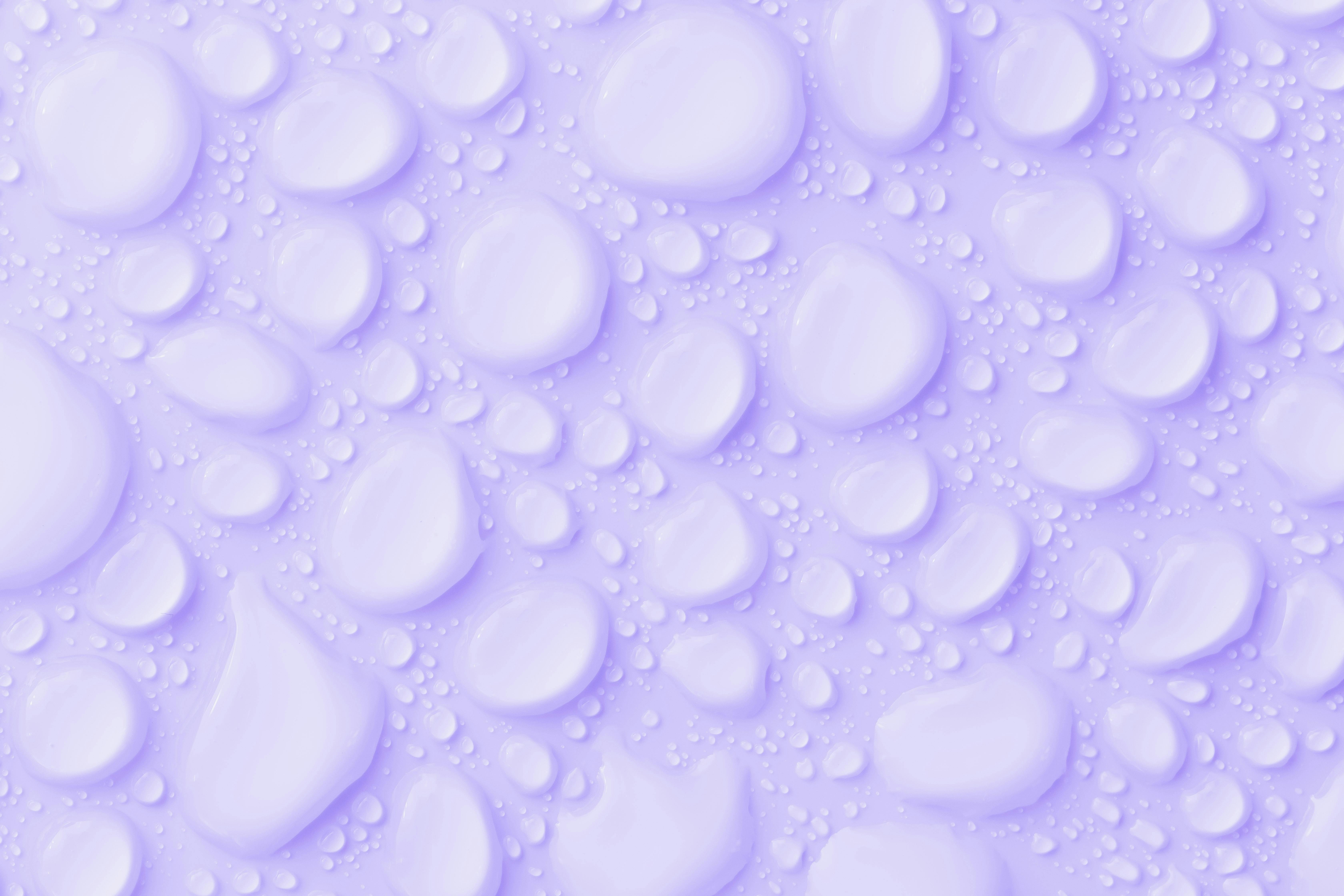Water is an essential part of life and is consumed by humans and animals on a daily basis. The two most common types of water are normal water and distilled water. Although both are safe to drink, there are some differences between the two that should be taken into account before making a decision on which one to drink. Normal water contains minerals that can be beneficial to the body, while distilled water has been purified through a process of boiling and condensation. Distilled water also does not contain any bacteria or other impurities that may be present in normal water. Both types of water have their own advantages and disadvantages, so it is important to understand the differences between them before making a decision on which one to drink.Normal water is water that meets the standards set by the Environmental Protection Agency (EPA) for human consumption. These standards include the amount of contaminants and other substances that are allowed in water. Normal water is also known as potable water because it is safe to drink and use in other activities, such as cooking and bathing.
What Is Distilled Water?
Distilled water is water that has been purified through a process of distillation. This process involves boiling the water and then condensing the steam back into a liquid form. The result is pure water that is free from most contaminants, such as minerals, salts, and bacteria. Distilled water is commonly used for drinking, medical purposes, in aquariums, and for car batteries.
The process of distillation removes unwanted impurities from the water by boiling it and then collecting the steam as it condenses back into liquid form. During this process, contaminants are left behind in the boiling chamber and are not present in the resulting distilled water. This makes distilled water one of the purest forms of water available.
Distilled water has many uses due to its high purity level. It is often used for drinking because it does not contain any minerals or other contaminants that can have an effect on taste or health. It is also used in medical settings due to its lack of impurities that could interfere with treatments or tests. Aquariums often use distilled water to ensure that there are no minerals or other elements present which
Composition of Normal Water
Normal water is composed of two elements, oxygen and hydrogen. Oxygen is the most abundant element in water, making up about 88 percent of it. Hydrogen makes up the remaining 11 percent. The ratio of oxygen to hydrogen in water is 8:1. Water molecules are made up of one oxygen atom and two hydrogen atoms, forming a chemical bond. In addition to these two elements, trace amounts of other elements, such as carbon dioxide, can be found in normal water.
Water is essential for life and it has many uses for humans and other living organisms. It is used for drinking, cleaning, cooking, industry, irrigation and recreation. Water can also be used as a coolant or insulator in certain applications. Without water, life on Earth would not exist.
Water has many properties that make it unique and essential to life on Earth. Water is a liquid at room temperature and is denser than ice at this temperature. It has a high heat capacity which means it can absorb or lose heat without changing its temperature significantly. This property allows water to act as an insulator or buffer against extreme
Composition of Distilled Water
Distilled water is water that has been boiled and then condensed back into liquid form. It is free of impurities, such as minerals, salts, bacteria, and other contaminants. Distilled water is used in many industrial processes, including medical and laboratory applications, automobile cooling systems, steam irons, and humidifiers. It can also be used for drinking water if it is further purified through a process of reverse osmosis or distillation.
The chemical composition of distilled water is simple: it is composed of two hydrogen atoms and one oxygen atom (H2O) which form a molecule. However, due to the boiling process used to create distilled water, some trace elements may remain in the liquid. These can include ions such as calcium, magnesium, sodium, potassium, chloride and sulfate. Additionally trace amounts of dissolved gases such as nitrogen and carbon dioxide may also be present in the distilled water.
Distilled water has a neutral pH level of 7 which means that it does not have an acidic or basic nature. This makes it ideal for drinking as it does not contain any contaminants or minerals which could
Benefits of Normal Water
Normal water has many health benefits, from improving digestion to boosting metabolism. It can also help keep the body hydrated and promote healthy skin. Drinking enough water can also help reduce fatigue and improve mental alertness. Moreover, it aids in the elimination of toxins from the body and helps in maintaining a healthy weight. In addition, water helps in transporting nutrients throughout the body, which is essential for proper functioning of organs and cells. It also helps to regulate body temperature and keeps the joints lubricated. Additionally, water can help reduce the risk of certain diseases such as kidney stones, bladder infections, urinary tract infections, and constipation. Finally, drinking water is an easy way to boost energy levels throughout the day, making it an essential part of a healthy lifestyle.
In conclusion, normal water has numerous benefits that can contribute to overall health and well-being. It is important to drink plenty of water every day in order to reap these benefits and stay hydrated.

Benefits of Distilled Water
Distilled water is one of the purest forms of water available. It is free from mineral deposits, bacteria, and other impurities that are often found in tap water. Distilled water has numerous health benefits, including better hydration, improved skin health, and increased energy levels. Additionally, drinking distilled water is safer than drinking contaminated tap water, as it does not contain any harmful chemicals or pollutants. Here are some of the key benefits of drinking distilled water:
Improved Hydration: Distilled water helps to keep the body hydrated more effectively than tap or bottled water. This is because it does not contain any minerals or impurities that can reduce its effectiveness for proper hydration. Additionally, it has a neutral pH level which helps to maintain a healthy balance in the body.
Improved Skin Health: Since distilled water doesn’t contain any minerals or impurities, it can be used to cleanse and nourish the skin more effectively than regular tap or bottled water. This leads to improved skin health and better overall appearance.
Increased Energy Levels: Drinking distilled water
Types of Contaminants in Normal Water
Water is essential for life and it is important to ensure that the water we are drinking is safe and free from contaminants. There are many different types of contaminants that can be found in normal water. These include biological, chemical, and physical contaminants.
Biological contaminants include bacteria, viruses, protozoa, algae, and other micro-organisms. These can cause serious health problems if ingested through drinking water. Chemical contaminants include heavy metals such as lead, arsenic, mercury, and chromium; organic compounds such as pesticides and herbicides; industrial chemicals such as PCBs; and chlorination byproducts such as trihalomethanes (THMs). All of these have been linked to adverse health effects when ingested through drinking water.
Physical contaminants include sediment such as dirt, sand, silt, clay particles; suspended solids such as plant matter or other debris; minerals such as iron or calcium; and gases such as carbon dioxide or methane. These can cause aesthetic problems with taste, odor, color or turbidity of the water.
It is important to regularly test your drinking water for all types of contaminants
Types of Contaminants in Distilled Water
Distilled water is one of the purest forms of water available, as it has been processed to remove most contaminants. However, it can still contain a variety of particles and chemicals that can affect its taste and safety for consumption. The most common types of contaminants found in distilled water include microorganisms, minerals, chemicals, and radionuclides.
Microorganisms such as bacteria, viruses, and fungi can be found in distilled water due to the lack of filtration during the distillation process. These microorganisms are generally harmless but can lead to unpleasant tastes or odors if left unchecked. In addition, they can lead to health problems if consumed over long periods of time.
Minerals such as calcium, magnesium, sodium, potassium, iron, and manganese are sometimes present in distilled water. These minerals are naturally occurring and can be found in both surface and groundwater sources. While they are generally safe for consumption at low levels, they can lead to a bitter or salty taste when present at higher concentrations.
Chemicals such as chlorine or chloramine are commonly used during the purification process to

Conclusion
Normal water and distilled water are different from one another in terms of composition, usage, and health benefits. Normal water contains minerals and other contaminants, while distilled water is pure and free of any contaminants. Normal water is used for drinking, cooking, and bathing, whereas distilled water is used mainly in industrial processes where it is important to have a pure product. Normal water has many health benefits such as providing hydration and essential minerals, while distilled water does not have any health benefits.
Overall, normal water and distilled water are two very different types of waters that serve different purposes. Normal water is suitable for drinking and other daily activities while distilled water should be reserved for industrial use where a completely pure product is necessary. Understanding the differences between these two types of waters can help us make better decisions when it comes to using them for the right purpose.

